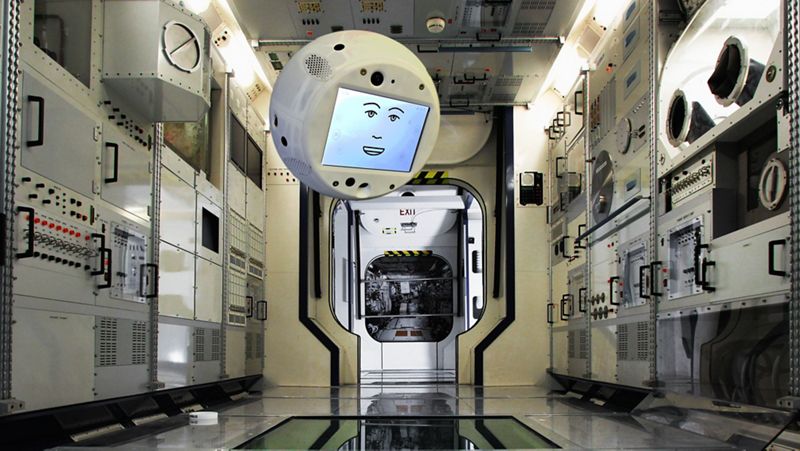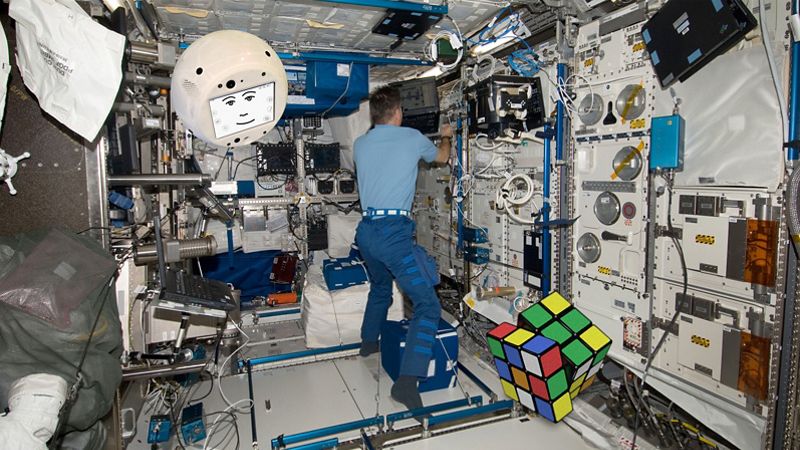In February, Airbus was announcing the development of the CIMON astronaut assistance system for the DLR Space Administration. CIMON for Crew Interactive Mobile CompanioN is also the first form of Artificial Intelligence (AI) on an ISS mission.
The autonomous assistance system took of last Friday aboard SpaceX‘s Dragon cargo capsule and would have arrived yesterday.

As a reminder, the assistance system was built using metal and plastic 3D printing processes. It weighs around 5 kg. Alexander Gerst will carry out its test on the ISS during the European Space Agency’s Horizons mission that will be held in October 2018.
The robot will specifically help astronauts in their usual tasks such as displaying procedures and will propose solutions to problems that might occur. It functions with Watson AI technology from the IBM cloud. With its smiling face, it looks like a real person to whom one can speak. As Airbus said, “AI-based technology is about constantly understanding, reasoning and learning, so CIMON is designed to assist and to create a feeling of talking to a crew mate.”
For this first mission, experts only integrated a certain number of features in the robot. Over time, further researches will be carried out to identify group effects that can turn into small teams and lead in the long run, to missions to the Moon or Mars.
The reality is that, according to those who have made that experience, interactions between astronauts and robots is a crucial role in the success for such type of missions.
However, on Earth, other possibilities need to be explored to facilitate life and work of people.
For further information about 3D Printing, follow us on our social networks and subscribe to our newsletter! Would you like to subscribe to 3D Adept Mag? Would you like to be featured in the next issue of our digital magazine? Send us an email at contact@3dadept.com






